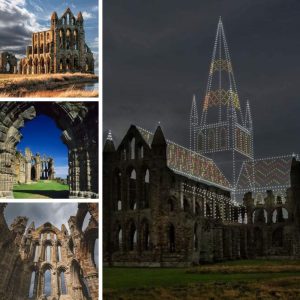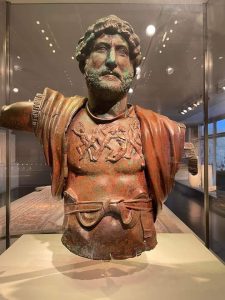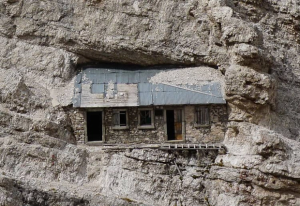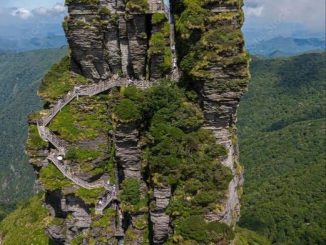The expressions on the faces of the statues are flexible and incredibly lively.
In 1938, head of the US Bureau of Ethnology Matthew Stirling was assigned to research several archaeological sites. Among them is Tres Zapota, a location considered to contain many prehistoric traces.
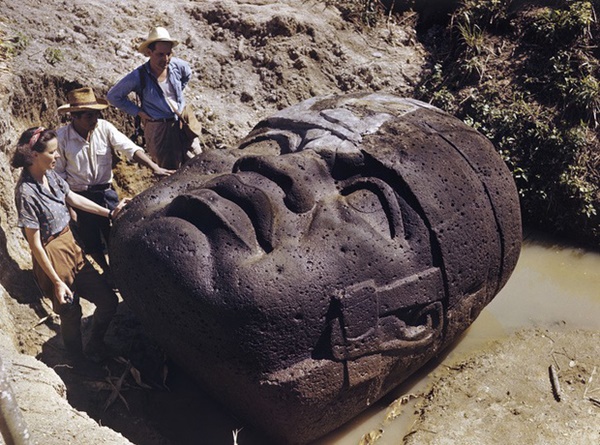
The search also had the help of William Duncan Strong, head of Columbia University’s Anthropology department, and Clarence Wolsey Weiant, a graduate student doing his doctoral thesis on this mysterious land.
Unexpected discovery from tips from local people
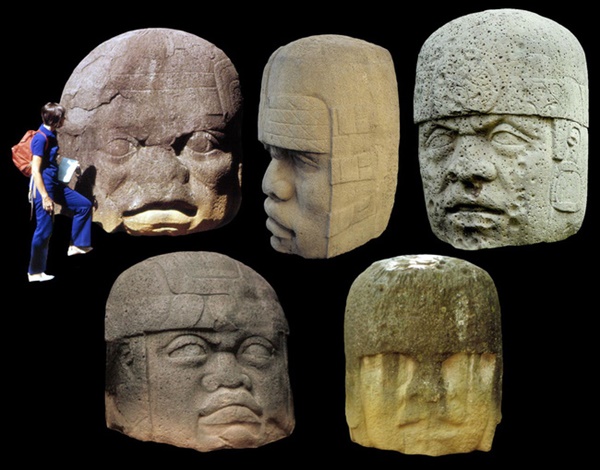
During 4 months of exploring human history, the group of archaeologists encountered countless difficulties. Such as swampy terrain, constant rain, “disturbing” spiders, snakes and insects.
However, they still reaped a few results, including the oldest stone slabs of Mesoamerican civilization, a religious statue and 15 U-shaped sculptures.
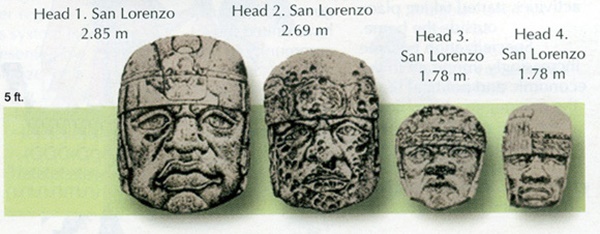
By chance, one day, Clarence heard a story told by a local person following an expedition several years earlier about a mysterious site in the forest. He led the expedition to find the indicated location. They dug a deep trench and discovered a giant 1.8m tall statue of a human head. The giant statue of a human head lying face up to the sky looks like a Buddha statue. What is surprising is that the lines on the statue’s face are very clear, flexible and delicate.
Discovering a giant statue like a monk’s head lying face up to the sky, scientists have a headache finding answers about the extraordinary power of their ancestors – 1 So the big questions arise: Who made the giant statue? This and how old is it? What historical figure does it represent?
Next, they found 16 more giant head statues at 4 locations: Tres Zapota (2), Rancho la Cobata (1), La Venta (4) and San Lorenzo (10).
After research, archaeologists determined that these were statues created by the Olmec people and named them the Cabeza Colosal head.
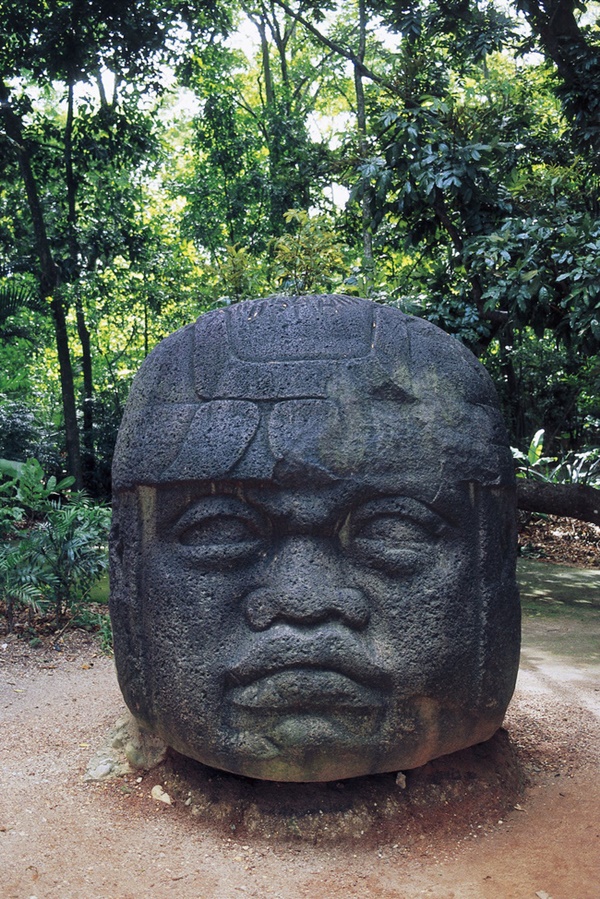
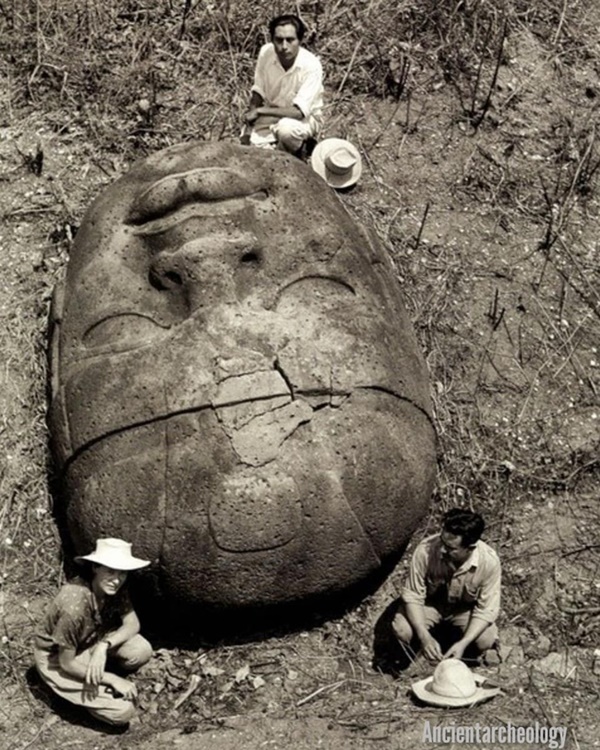
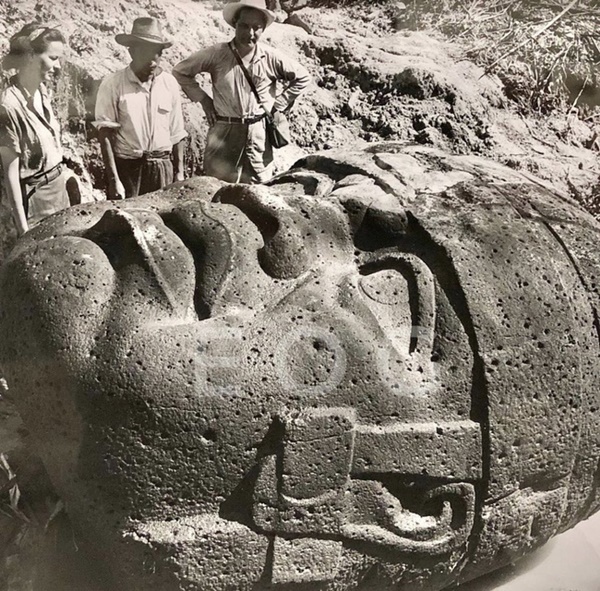
The Olmec are known as the first Mesoamerican civilization that existed between 1,400 and 300 BC. They live mainly on the lowland coast of the Gulf of Mexico, now the states of Veracruz and Tabasco of this country.
Discovering a giant statue like a monk’s head lying face up to the sky, scientists have a headache finding answers about the extraordinary power of their ancestors – 2The Olmecs developed a trading network from the Mexican valley in North to Central America in the South. This network allowed them to share innovations such as writing, human sacrifice, calendars, Mesoamerican ball games and a writing system of horizontal bars and dots with the Mayan civilization. and the later Aztecs.
The miracle came thousands of years ago
Experts have come up with two main hypotheses about the characters carved on the stone heads:
– The first theory (most popular): The Olmecs carved statues of their great military generals.
– Second hypothesis: Based on the hats the statues wear on their heads, it is thought that this could be a statue depicting the heads of executed football players at that time. It is known that in Central American times, after a soccer match, the loser would be beheaded.
Discovering a giant statue like a monk’s head lying face up to the sky, scientists have a headache trying to find a solution about the extraordinary power of their ancestors – 3 Based on the images of the found statues, scientists have found Common characteristics: All are men, aged from young to middle-aged, fat faces, flat and wide noses, thick lips, lines on the eyes implying fan folds.
Each statue wears a well-fitting helmet-like hat tied under the chin. Some statues have normal or buttoned ears, a sign of elite status in ancient Central America.
Seen from the front, the head statue usually has a spherical shape, but in reality the statues are carved flat from front to back, with many of the back parts not elaborate. None of the statues appear to have been painted.
Discovering a giant phenomenon like a monk’s head lying face up to the sky, scientists have a headache trying to find a solution about the extraordinary power of their ancestors – 4Discovering a giant phenomenon like a monk’s head lying face up to the sky, scientists Scientists have a headache finding a solution to the extraordinary power of their ancestors-5Discovering a giant phenomenon like a monk’s head lying face up to the sky, scientists have a headache finding a solution to the extraordinary power of their ancestors-6
The Olmec heads are believed to have been carved from monolithic volcanic basalt of Mount Tuxtlas and ranged in height from 1.47m to 3.4m. Before the stone blocks were carved, they were moved to the carving site from a distance of 300 km. To date, scientists have not been able to figure out how the Olmecs moved such stone blocks weighing up to 20 tons.
According to calculations, if human power was used, 1,500 people would need to move continuously for 3-4 months to bring the stone to the carving site. Engraving tools It’s also stone, not iron or bronze, so carving is very time-consuming. However, the expressions on the statues’ faces are flexible and incredibly lively.

